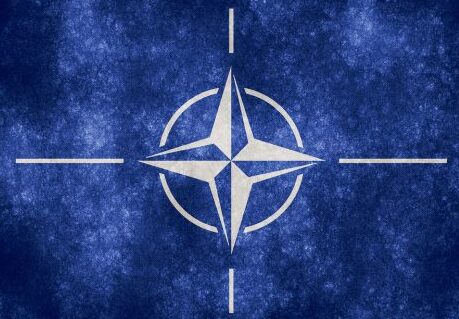The Alliance has developed a new military force model with 300.000 soldiers with a high degree of readiness. 100.000 soldiers must be ready for transfer within a maximum of ten days and another 200.000 within 30 days. Additionally, an additional 500.000 reinforcement forces are planned that can be transferred over a period of 30 to 180 days. The ability to transfer men and equipment to crisis locations in the shortest possible time is essential.
Editorial
The exercise “Steadfast Defender” (Immovable Defender) will take place from February to May and will be the largest NATO exercise since the Cold War era, involving around 90.000 soldiers. “We are preparing for a conflict with Russia and terrorist groups”, said the chairman of the NATO Military Committee, the Dutch admiral Robert Bauer, after two days of consultations in Brussels with the chiefs of staff of the 31 allied countries plus Sweden, invited in anticipation of the next entry into the Organization. “If they attack us, we must be ready“added Baurer.
The German newspaper WELT has revealed some details of the operation which essentially outline NATO's new line of action, no longer confined to a regional level but which looks beyond Europe towards every external threat coming from every corner of the globe and which could threaten the security and stability of Western countries.
The exercise scenario
The scenario of the exercise involves a Russian attack on NATO territory, which calls into question collective defense, provided for in Article 5 of the 1949 Washington Treaty. The Alliance's assistance commitment states that an armed attack against one or more Allies is considered an attack against all 31 NATO member countries.
Il focus of this exercise will be to move, under alarm conditions, national and international land forces with heavy equipment along the so-called eastern flank of the Alliance which extends from the Baltic through Poland to Romania, where the Russian threat is strongest due of geographical proximity.
For NATO, the readiness and transport of NATO soldiers into a combat zone is an essential element in demonstrating its deterrence and the Alliance's ability to defend its territory. The war in Ukraine also showed NATO that conventional wars with cumbersome equipment and large quantities of tanks, artillery and infantry, contrary to what was long thought, are not a thing of the past and that the so-called “transparent battlefield” represents new challenges today.
For the first time since the end of the Cold War, NATO is therefore concretely preparing for a probable war with Russia. According to NATO's 2022 strategic concept, increased readiness is needed to achieve deterrence and defense. Concretely it means that more soldiers must be made available than before and must be ready to intervene in a war more quickly than in past years. In addition to greater readiness, it is also necessary for the Alliance to be able to transfer tens of thousands of soldiers and heavy equipment with extreme speed into a crisis zone. This is why in the current NATO exercise we will train mainly on the transfer of men and equipment. In the preparatory phases, however, it emerged that there are still significant shortcomings in transport capacity and infrastructure where the current railway sections and bridges are not all capable of supporting the transit of exceptional loads.
Regional plans
To better respond to new challenges, NATO has already established deployment areas, defense lines and troop contingents for the entire territory of the Alliance. NATO territory was divided into three areas. Each area is assigned a so-called regional plan and a headquarters. A region extends fromAmerica across the Atlantic to Great Britain and then north. The second region includes theNorthern Europe, including Germany and the Baltic Sea region. The third region includes theSouthern Europe up to the Mediterranean and the Black Sea.
For each region there are specific defense plans that remain secret. In more than 4.400 pages, the critical places in the territory of the Alliance to be protected and defended in case of emergency are defined.
A new model of military force
The Alliance has also developed a new military force model with 300.000 soldiers with a high degree of readiness. Until now, for crisis operations, there has been the NATO Response Force (NRF), which numbers only around 40.000 soldiers. The new rapid intervention forces, comprising 300.000 soldiers, will be under national command in peacetime, but may be requested by the Supreme Commander of NATO Armed Forces in Europe (SACEUR) and redeployed as needed (Modernized Warning System ).
There are pre-established readiness times for the troops. 100.000 soldiers must be ready for transfer within a maximum of ten days and another 200.000 within 30 days. Additionally, an additional 500.000 reinforcement forces are planned that can be transferred over a period of 30 to 180 days. This concept places high demands on the national armed forces: in each country, a large number of soldiers must be maintained in a state of high operational readiness.
In addition to a high degree of readiness, greater deterrence is also expected through a constant presence in particularly at-risk regions such as those near the Russian border.
Subscribe to our newsletter!
